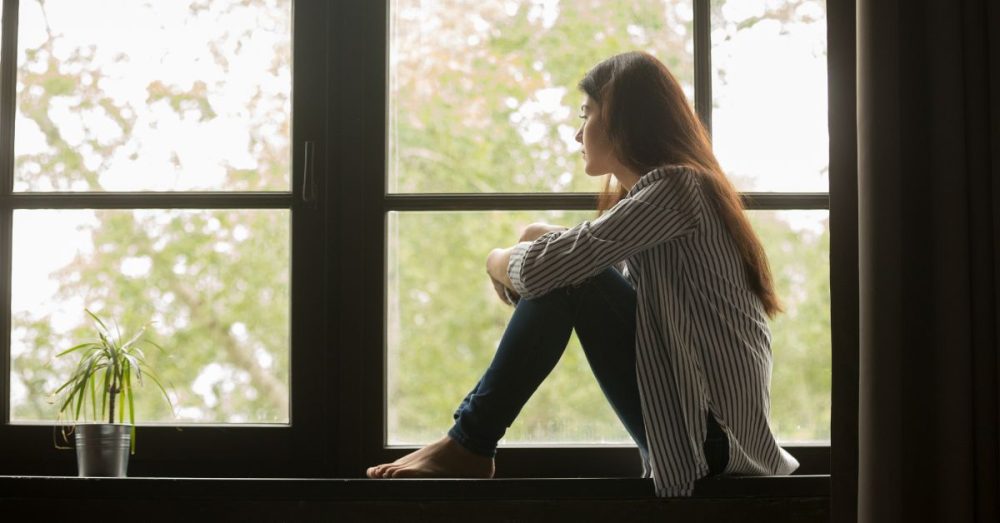Loneliness has become an epidemic, but what can we do about it?
The problem has become so big that Surgeon General Vivek Murthy released an 81-page report on loneliness last year, as previously reported by The Dallas Express.
“Loneliness and isolation represent profound threats to our health and well-being. But we have the power to respond. By taking small steps every day to strengthen our relationships, and by supporting community efforts to rebuild social connection, we can rise to meet this moment together. We can build lives and communities that are healthier and happier. And we can ensure our country and the world are better poised than ever to take on the challenges that lay ahead,” Murphy said in the report.
The report compared the harm done by loneliness with smoking cigarettes, equating the effects of loneliness to those of smoking 15 cigarettes a day.
“We now know that loneliness is a common feeling that many people experience. It’s like hunger or thirst. It’s a feeling the body sends us when something we need for survival is missing,” Murthy told the Associated Press in an interview last year. “Millions of people in America are struggling in the shadows, and that’s not right. That’s why I issued this advisory to pull back the curtain on a struggle that too many people are experiencing.”
The New York Times reports on why experts are struggling to solve the loneliness epidemic and new ways of looking at the problem. Here’s the start of the story:
In the early months of 2020, as the Covid-19 pandemic settled over the country, a psychologist and Harvard lecturer named Richard Weissbourd approached his colleagues with a concept for a new kind of study. Loneliness, or the specter of it, seemed to Weissbourd to be everywhere — in the solitude of quarantine, in the darkened windows of the buildings on campus, in the Zoom squares that had come to serve as his primary conduit to his students. Two years earlier, he read a study from Cigna, the insurance provider, showing that 46 percent of Americans felt sometimes or always alone. In 2019, when Cigna replicated the study, the number of lonely respondents had grown to 52 percent. God knows what the data would say now, Weissbourd thought.
“Initially, the idea was, OK, we’ve got a problem that’s not new but is obviously affecting lots of us, and that is now more visible than ever — it’s more present than ever,” Weissbourd told me. “What I really wanted was to get under the hood. Like, what does loneliness feel like to the lonely? What are the potential consequences? And what’s causing it?”
Finding answers to these types of questions is a notoriously difficult proposition.


